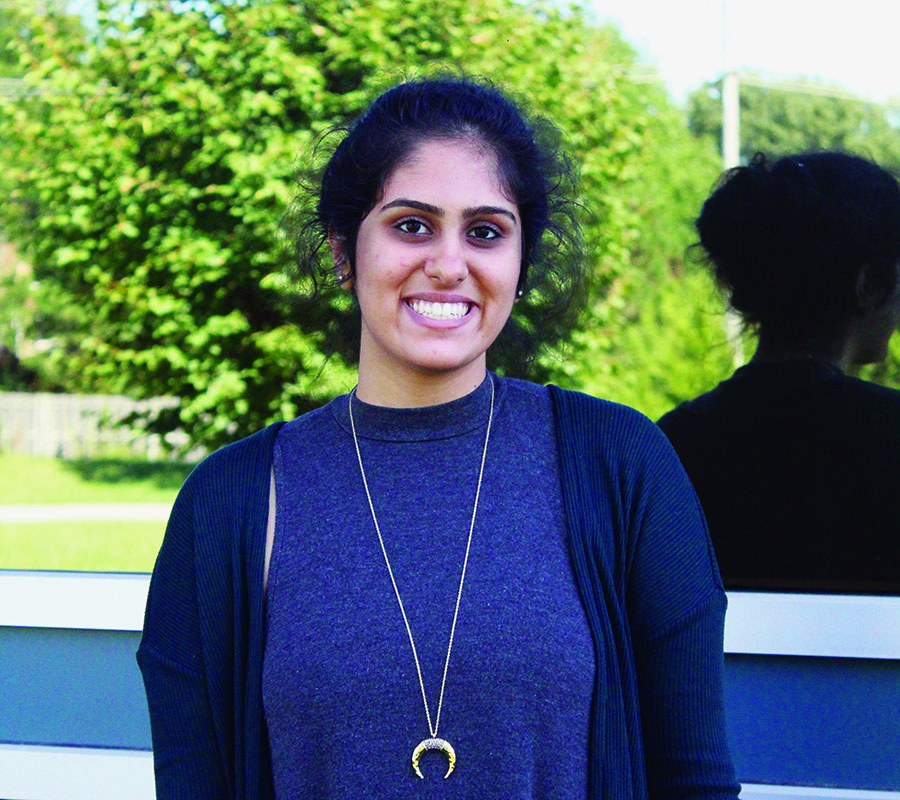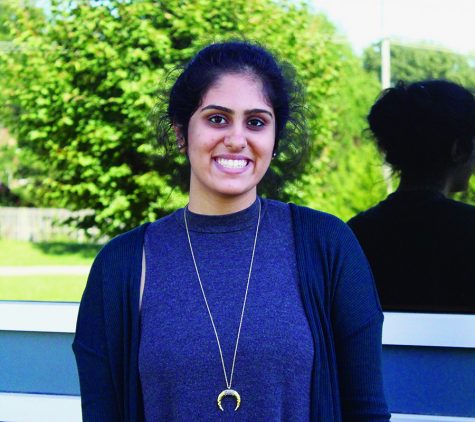A couple of windows would be nice, or even a hole in the wall
February 27, 2018
On a recent trip to New Delhi, India, I became fascinated with the differences between the Indian education system and our system at BVNW.
The most obvious difference between the schools is the layout of the buildings themselves. The corridors in Indian schools lead directly outdoors or into a courtyard, where students can eat lunch or play sports in the middle of the day.
Rather than starting in August, their school year begins in April, followed by a six-week-long vacation in May. This allows teachers to assign homework efficiently, as students have already been introduced to their new classes. Additionally, the shortened break ensures that students retain knowledge from the previous school year.
The education system itself in India is a streamlined process where students spend their first five school years learning the basics, much like we do in elementary school. The next four years are spent exploring their options and the last three years focus on refining their education in a particular field of their choice or exploring other options.
What intrigued me the most was how effective this process was in helping students find their passion, rather than wasting their time. I mean, honestly, what did we even learn in middle school? In Indian middle schools, students are developing hands-on critical thinking skills much earlier than American students. My cousin’s eighth grade science class in New Delhi is doing the same level of lab work and self-directed learning that I hadn’t done until AP Biology my junior year.
Moreover, their history teachers aren’t afraid to discuss real politics or world issues. I was ashamed at how much more they knew about America from their education than I knew about India from our Americentric view of the world.
In comparison, the structure at BVNW lacks a futuristic outlook. Preparing students for real life doesn’t just mean bombarding them with AP classes and making sure they graduate high school. In fact, according to the Kansas State Department of Education, only 50.9 percent of 2015 BVNW graduates were successful in higher education two years after graduation.
Our school can start improving by creating a less stressful environment which is more conducive to learning. Unlike schools in New Delhi, almost none of the classrooms here even have sunlight, a vital ingredient for endorphin production, circadian rhythm regulation and maintenance of the immune system. Many BVNW students arrive at school before sunup and leave after sundown due to extracurriculars, which means there are days they don’t get to see the sun at all.
Furthermore, if curious students are given the time and the opportunity to explore their interests, they’ll begin to value their education more. BVNW should place less emphasis on how many points an assignment is worth, and instead offer students more autonomy with their day, allowing all students to take exploratory classes structured like AVID and Gifted Education so they can create a framework for their future. The new district initiative for Project Based Learning is a step in the right direction, since most real-world jobs involve a level of collaboration and criteria-based problem solving.
Instead of memorizing facts that we’ll forget in a day, we should spend our free-time reading books and putting effort into finding what we love. It’s time that we move away from the prison-like buildings and create a school where students can leave knowing who they are.






